The following piece was written by an Iranian citizen journalist on the ground inside the country, who writes under a pseudonym to protect her identity.
If certain Iranian shops, catalogs and Iranian merchandise were subjected to an English test, they would undoubtedly fail, and this pattern unfortunately affects signs hanging in government agencies, on traffic signs or printed on consumer goods made in the private sector.
And, it is not as if you need to look hard to find them. Just keep your eyes open or read the labels of your purchases and they are visible.
The “Director’s Office,” which is in the grounds of Saadabad Palace and is now the Museum of Fine Arts, has a sign that misleads visitors, which reads “Direction.” While a taxi rank sign assures people “Taksi” are available. A private company, which is called Sefidgar Commercial Complex, calls itself “Sefidgar Insurgense Convened.”
While on a billboard for Azad University in Tehran, an Arabic phrase that roughly means “At Your Call, O Messenger of God,” is only partly translated to “Labbayk, oh the messenger of Allah.”
While Damavand Mineral Water, whose product motto should be translated to “My Season of Freshness,” is instead “My shadabi season.” A company that sells canned tuna fish distinguishes itself by saying on its packaging that they do a “Different Test.”
On Bank Melli Iran ATMs, customers are asked to “Pleas Insert Your Card.” While government agencies issue members of the press with vests that leave no doubt that they are members of the “Perss.” On a sign in the Literature and Humanities College at Tehran University, a sign spells the English language test known as TOEFL as “TOFEL,” demonstrating just how foreign a language English is to them.
On the front page of a tourist magazine, visitors are promised a “Silnt Paradise” if they go and see the Ali Sadr cave, the world's biggest water cave. And, if you go to the ancient city of Isfahan, be sure to visit the Organization for Cultural Heritage, Handicrafts & “Turism.”
A pharmacy assures customers they are in the right place by calling itself a “Pharmaci,” while Kerman’s Cultural Heritage Organization informs you that Kerman’s “beiutiful" nature is waiting for you. It also provides visitors with different spellings of “covernment”(government) and “manofestation” (manifestation).
According to unofficial statistics, before the Islamic Revolution took place in 1979, approximately two million foreigners lived in Iran, most of whom were Westerners. However the majority of them left after the revolution so the number of foreigners having to read these signs and labels is relatively limited. Nevertheless, English is the world’s international language and foreigners coming to Iran rely on these English signs. Often, there are so many spelling and grammar mistakes that even people who do not speak English well, are shocked by its rudimentary level.
In recent years, the number of tourists, especially from Western countries, visiting Tehran and other parts of Iran has increased considerably. In January, the director-general of Tehran’s Cultural Heritage and Tourism body reported that the number of tourists who had visited Tehran had gone up by 270 percent. Other officials have also described noticeable increases.
Undoubtedly, most tourists will find these mistakes both baffling and entertaining. Some of them have even written about them on their blogs and posted photographs of them.
Part of the problem comes down to failings in the educational system. Up until last year, middle-school first graders were taught English for just two hours a week with it rising to four hours a week for students in second or third grade. From this academic year onwards, middle school students will only be taught English for two hours a week.
This is a step backwards. Not long ago, a parliamentary bill promised to teach primary school students English, but a number of conservative representatives vetoed it on the basis that children as young as that should not be exposed to “alien” languages.
However credible scientific reports have found that studying a foreign language from a young age leads to better results. Now, because middle schools have lost a year with primary schools becoming a year longer, children are taught English a year later. Iranian students start learning English at the age of 12 or 13, which is relatively old for studying a foreign language. This combined with the fact that students will receive fewer hours of English at school is problematic.
“It’s true that English is a foreign language—some would even say it’s the language of the enemy,” wrote Alef, a website affiliated to Ahmad Tavakoli, a well-known hardliner member of parliament. “But do learn it, if only for understanding your enemy better.”
Zinat Jafarzadeh, Citizen-Journalist, Semnan, Iran
visit the accountability section
In this section of Iran Wire, you can contact the officials and launch your campaign for various problems




















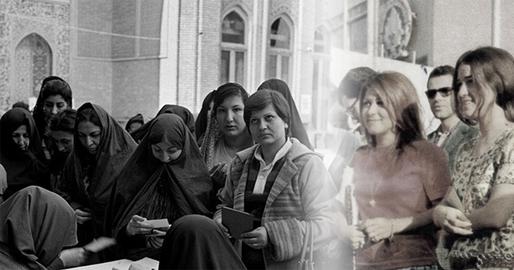

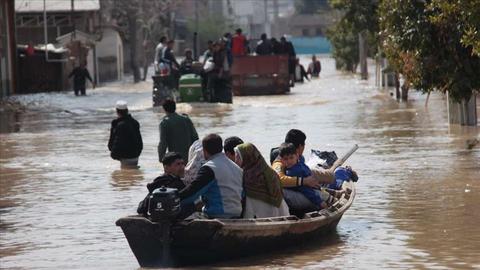
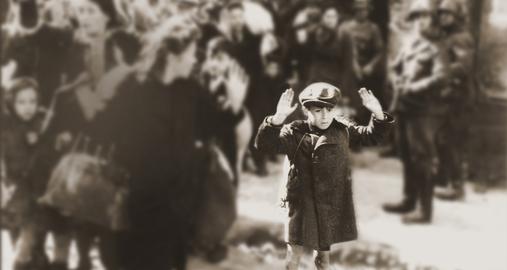
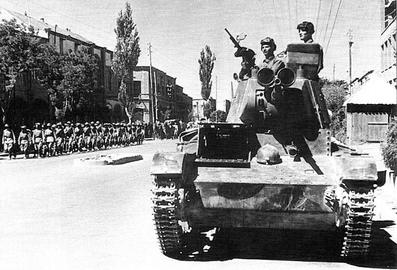
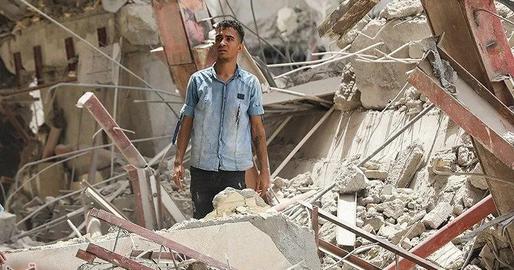
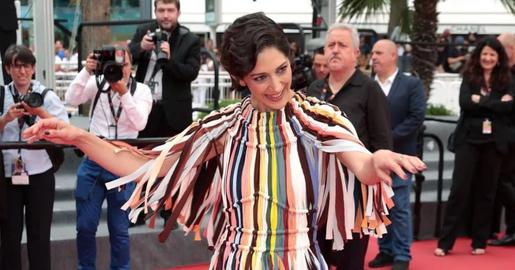





comments